VITA Zahnfabrik
H. Rauter GmbH & Co. KG
Spitalgasse 3
79713 Bad Säckingen

Optimum Light Dynamics in the Front, Due to Highly Esthetic Glass Ceramic
VITA SUPRINITY PC provides practices and laboratories with a high-strength, zirconia-reinforced glass ceramic with outstanding optical properties. Opalescence, fluorescence and translucency are integrated in this material. The intelligent composition of the material allows high-strength, monolithic restorations with optimum light dynamics to be efficiently realized with a digital workflow. In the following clinical case study, dentist Dr. Stanislav Belous shows the reconstruction of the front with full crowns made of VITA SUPRINITY PC glass ceramic and a veneer made of VITABLOCS Mark II feldspar ceramic (both VITA Zahnfabrik, Bad Säckingen, Germany).
1. Clinical case and treatment planning
Several years prior, the 32-year-old patient suffered a trauma where the crown areas at 11, 21 and 41 fractured. Teeth 11 and 41 were then treated with a root canal and rebuilt with composite. After a few years, the avital teeth became discolored. The patient appeared at the practice because he was dissatisfied with the appearance of his teeth. After a diagnosis and comprehensive consultation, a step-by-step procedure was agreed upon, starting with bleaching, a revision of the insufficient root canal fillings and a direct stump build-up at 11 and 41, up to the all-ceramic restoration of all fractured teeth.
2. Tooth shade determination and material selection
After successful preprosthetic treatment, CAD/CAM-supported reconstruction of the three anterior teeth was started. In order to select the correct blanks, the tooth shade 0M1 was determined with the VITA Linearguide 3D-MASTER after bleaching. After the shade determination, blanks in the appropriate shade were selected. For tooth 21, minimally invasive preparation for veneer reconstruction was performed in order to make a restoration with highly translucent VITABLOCS feldspar ceramic. For the full-crown preparations on teeth 11 and 41, VITA SUPRINITY PC in the Translucent version was chosen in order to mask the tooth stumps sufficiently well, and to realistically reproduce the natural shade and light play.
3. Digital fabrication process
The preparation was performed under local anesthesia. After the placement of retraction threads, the dental arches and stumps at 11, 21 and 41 were digitized with CEREC Omnicam (Dentsply Sirona, Bensheim, Germany) and placed in habitual intercuspidation using a vestibular scan. The two crowns and the veneer were designed with the CEREC Premium SW 4.4 software and milled out of the blanks with the CEREC MC XL milling unit (both Dentsply Sirona, Bensheim, Germany). After manual finishing, the three restorations were tried in and subsequently characterized with VITA AKZENT Plus stains.
4. Conclusion
The case shows how important it is to select a specific material for each indication in different clinical situations in order to achieve a highly esthetic result. After the fully adhesive cementation, the crowns and veneers came very close to the natural model in all facets, primarily because of the different materials selected, and were no longer recognizable as restorations. The patient was satisfied with the efficient restoration using a digital workflow, which can be seen in the portrait photo taken a few weeks later.
Report 11/18
Dr. Stas Belous
Moscow, Russia
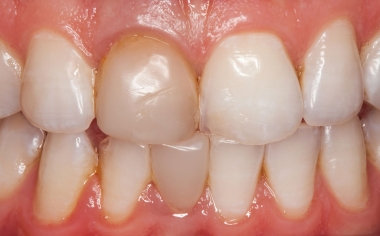
Fig. 1: Initial situation: After pre-prosthetic bleaching, a clear color difference between the composite filling and the tooth structure was visible.
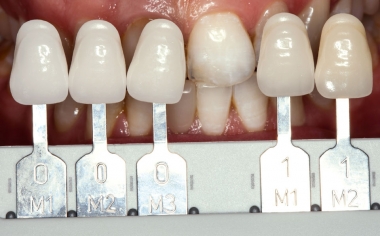
Fig. 2: The VITA Linearguide 3D-MASTER allowed the tooth shade to be precisely determined and the corresponding 0M1 VITABLOCS shade to be selected.
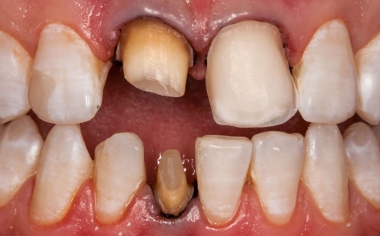
Fig. 3: After preparation, retraction threads were placed to optimize optical detection.
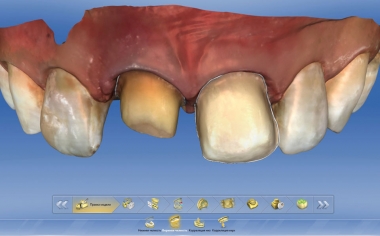
Fig. 4: The preparation margins were defined at 11 and 21 in the CEREC software.
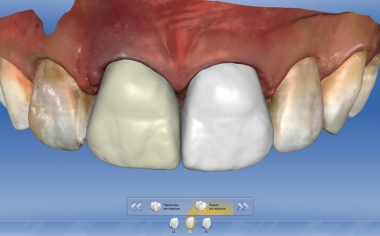
Fig. 5: A full crown made from VITA SUPRINITY PC was constructed on tooth 11 and a veneer of VITABLOCS Mark II on tooth 21.
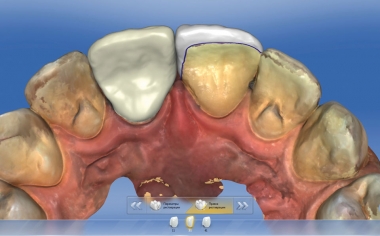
Fig. 6: The palatal closure of the veneer restoration can be virtually viewed from the dorsal side.
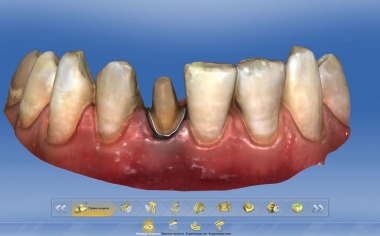
Fig. 7: The preparation margin was also determined digitally on the full crown preparation on tooth 41.
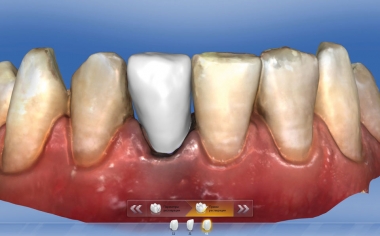
Fig. 8: The designed monolithic crown was fabricated from the zirconia-reinforced glass ceramic 0M1 VITA SUPRINITY PC.
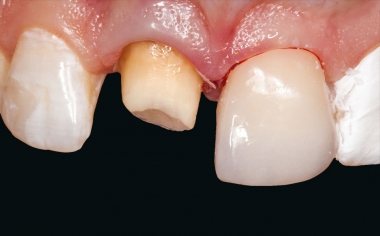
Fig. 9: The individualized veneer made of VITABLOCS Mark II was incorporated as the first fully adhesive restoration after preconditioning.
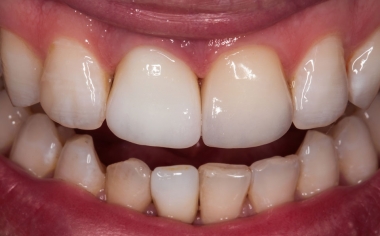
Fig. 10: After crystallization firing, the two glass-ceramic full crowns were tried in.
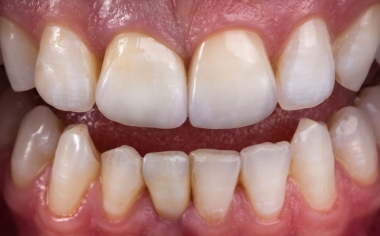
Fig. 11: The VITABLOCS crowns individualized with VITA AKZENT Plus were also fully adhesively cemented.
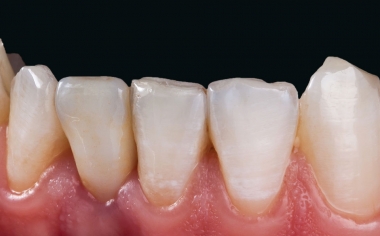
Fig. 12: The all-ceramic crown made of VITA SUPRINITY PC is excellently integrated in the remaining tooth substance, in terms of morphology and color.
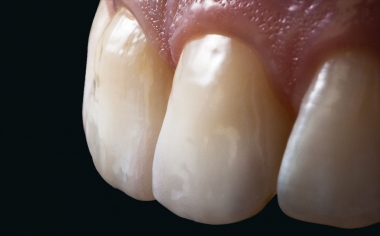
Fig. 13: The morphology and surface texture of the two all-ceramic restorations can no longer be distinguished from the natural adjacent teeth.
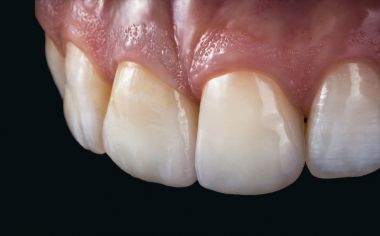
Fig. 14: The different choice of material for the upper middle incisors results in a highly esthetic result with a natural play of shade and light.
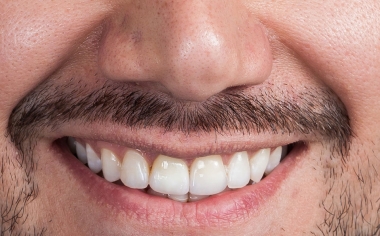
Fig. 15: Result: At the follow-up a few weeks later, the patient was very satisfied.